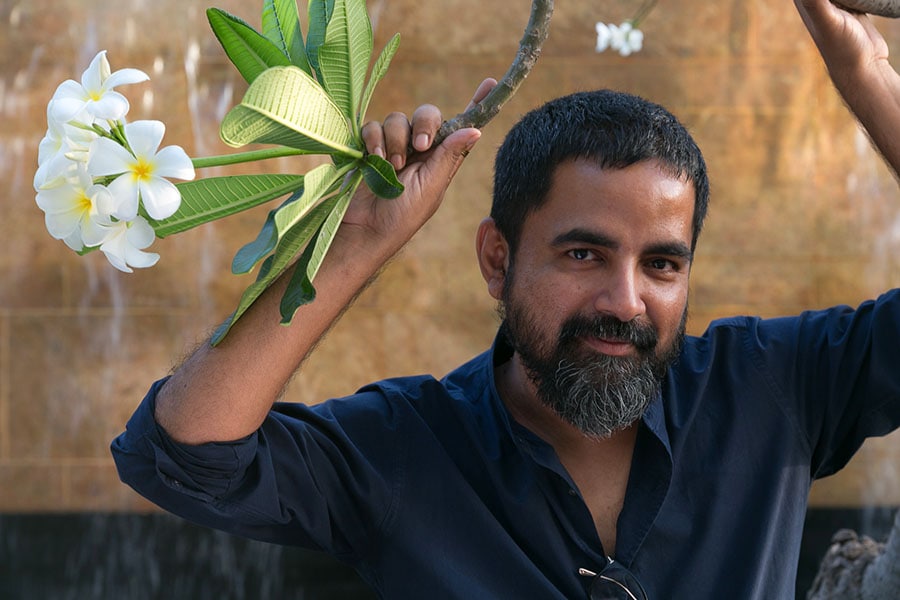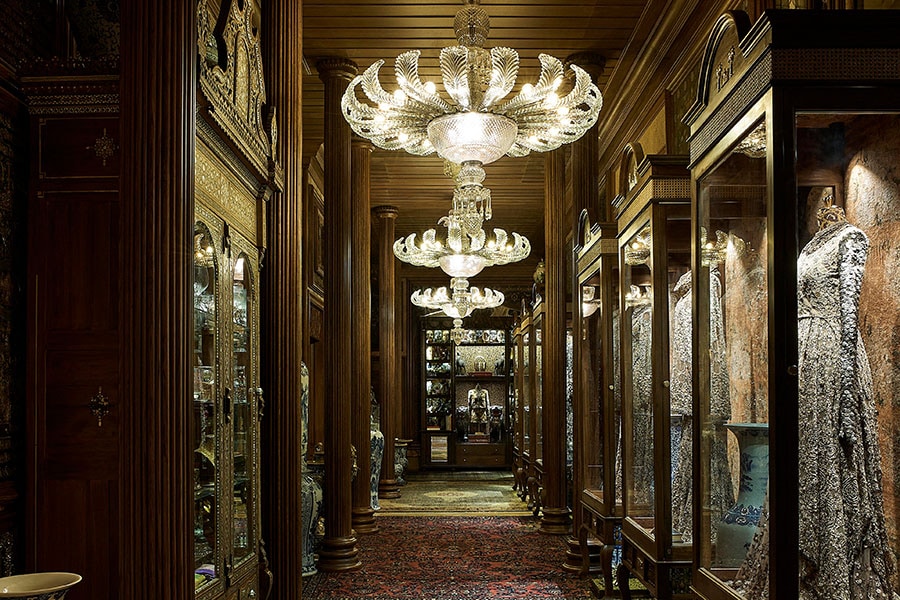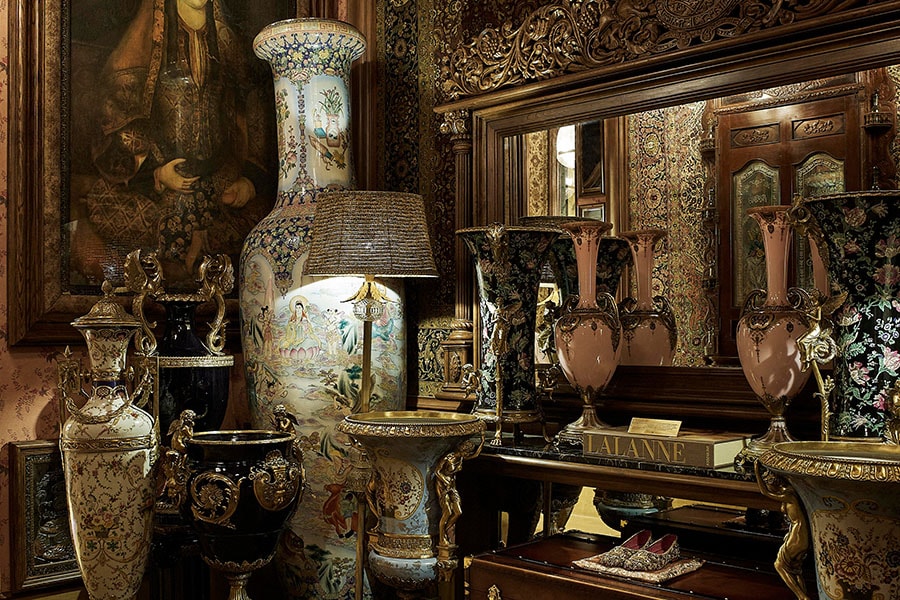
I want to deliver to India its first luxury super-brand: Sabyasachi Mukherjee
The fashion designer and businessman talks about his new flagship store, building a global luxury brand and his plans for the next 15-20 years
 Since debuting as a fashion designer in 1999, Sabyasachi Mukherjee has created a global brand, with many global collaborations with brands such as Christian Louboutin and Bergdorf Goodman and the launch of their New York store; Image: Madhu Kapparath
Since debuting as a fashion designer in 1999, Sabyasachi Mukherjee has created a global brand, with many global collaborations with brands such as Christian Louboutin and Bergdorf Goodman and the launch of their New York store; Image: Madhu Kapparath
‘For culture to be relevant it needs to be dynamic’
These words are embellished on a brass panel, one of many such panels that are dotted all over the store along with leather-bound books and rare canton vases at the new Sabyasachi store in Mumbai. The brand has always been about luxury, but the experience at this flagship store at Horniman Circle, sprawled over 25,862 sq ft, takes it a notch higher. Every corner is pure opulence—be it the rare French art nouveau cabinets, the 100 grand chandeliers or the exquisitely curated carpets and paintings. Mukherjee wanted the store to be “an immersive retail space that merges the house’s signature cultural savoir faire with Indian decadence, craftsmanship and history”. The tiniest nook of this “living museum” reflects all that Sabyasachi Mukherjee, the man behind the brand, stands for.
Mukherjee says, “I know what the rumours must be… Birla money, indulgence, flex. But none of this is true. This store came out of necessity, we are expanding fast.” The brand Sabyasachi has now expanded into jewellery, handbags, belts and many more accessories. Then, in 2021, Aditya Birla Fashion and Retail Ltd (ABFRL) acquired 51 percent stake in the Indian luxury designer label. Mukherjee calls himself a businessman first, and then a fashion designer. He says: “Business is not really about a product, it is about understanding a human being. You just need to have general empathy, a little bit of humility and a little bit of wisdom to be able to do that.”
Since debuting as a fashion designer in 1999, Mukherjee has created a global brand, with many global collaborations with brands such as Christian Louboutin and Bergdorf Goodman and the launch of their New York store. In a free-flowing conversation with Forbes India, Mukherjee talks about professionalising the brand and his expansion plans. Edited excerpts:
Q. The Sabyasachi experience keeps getting bigger. How do you continuously manage to stay ahead of the curve?










